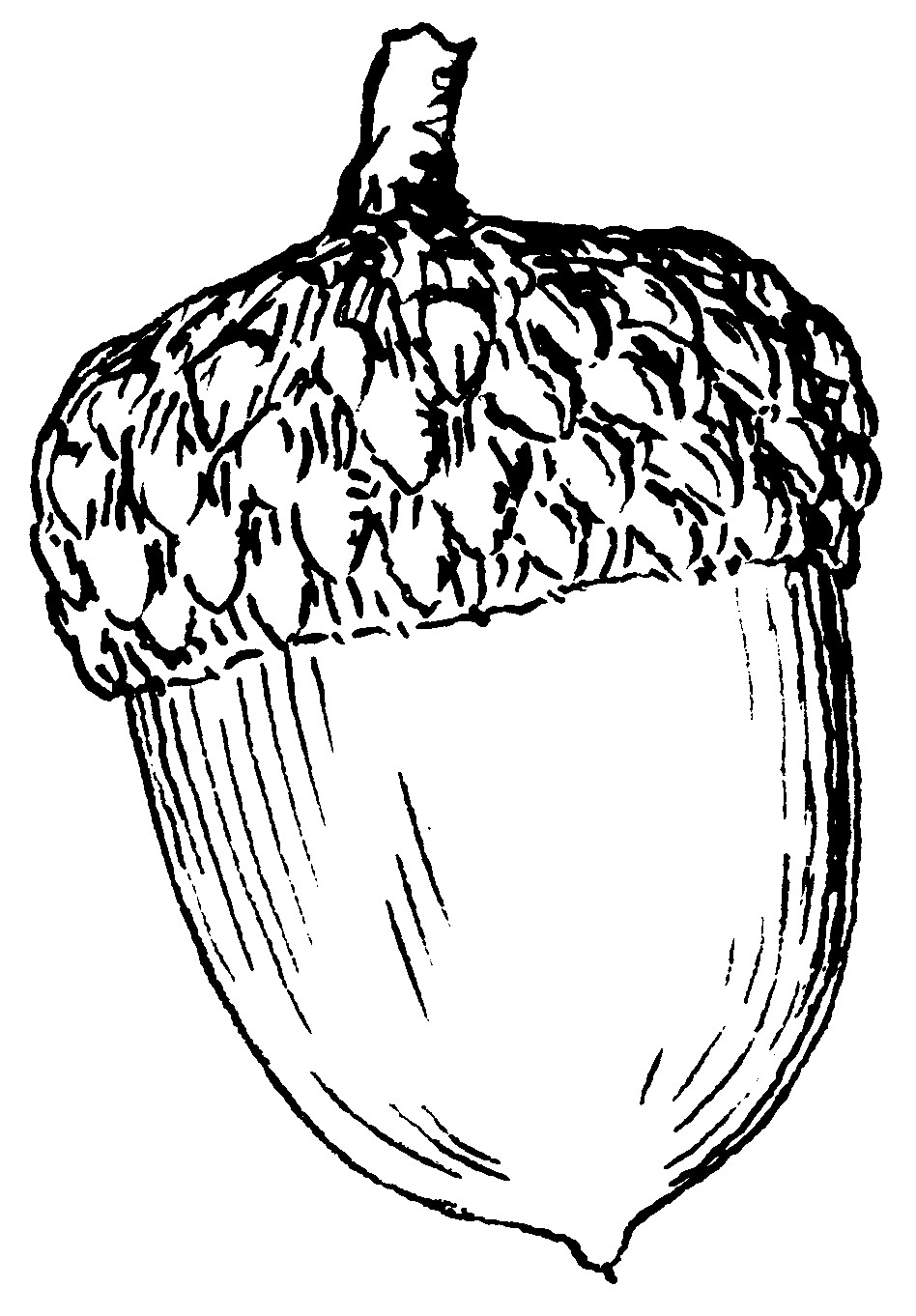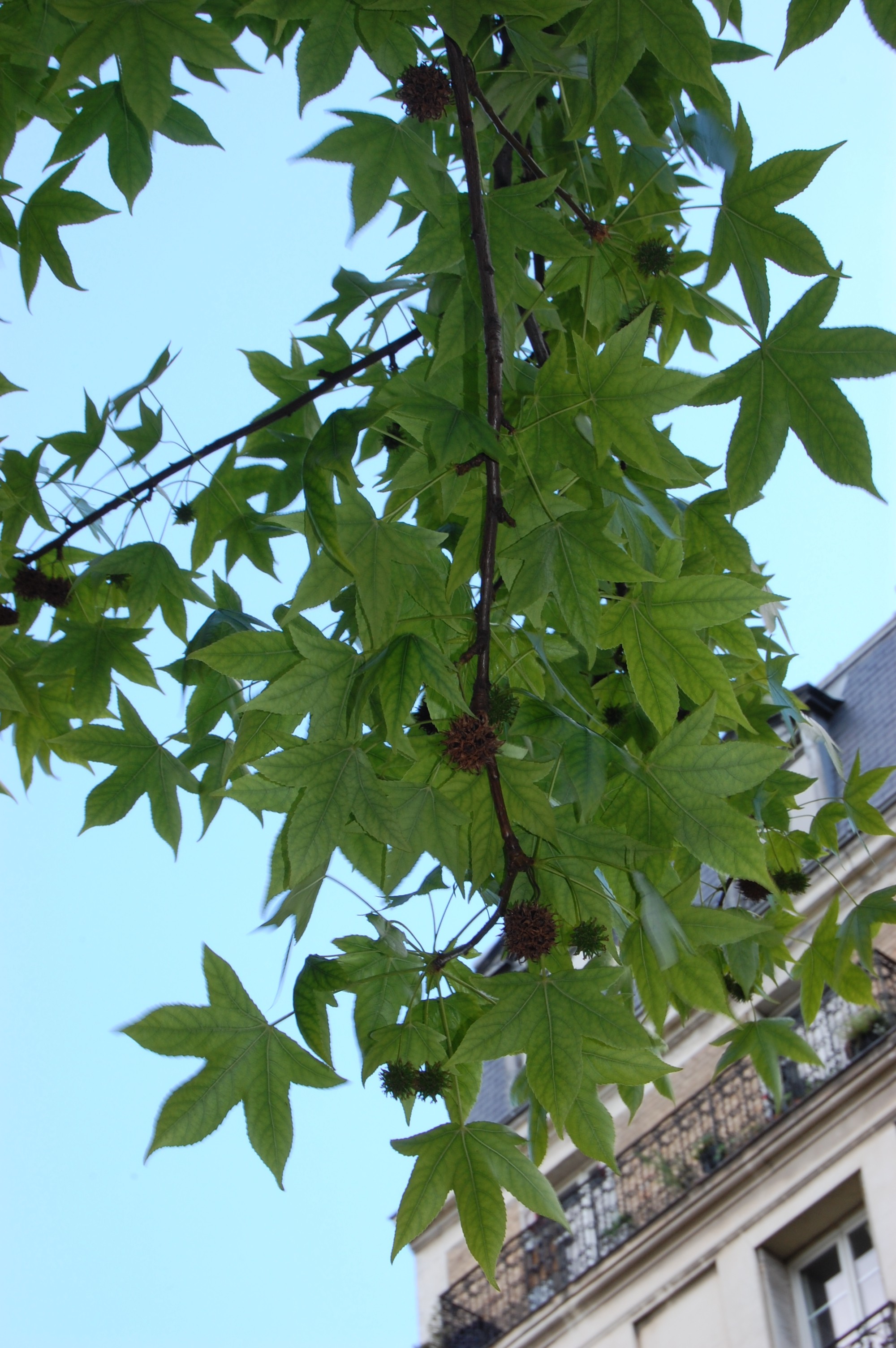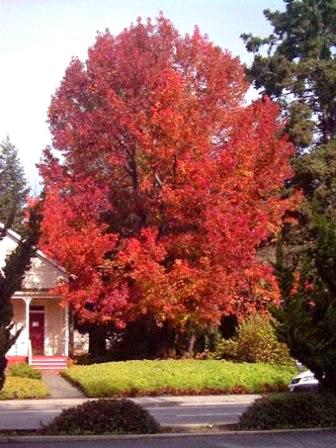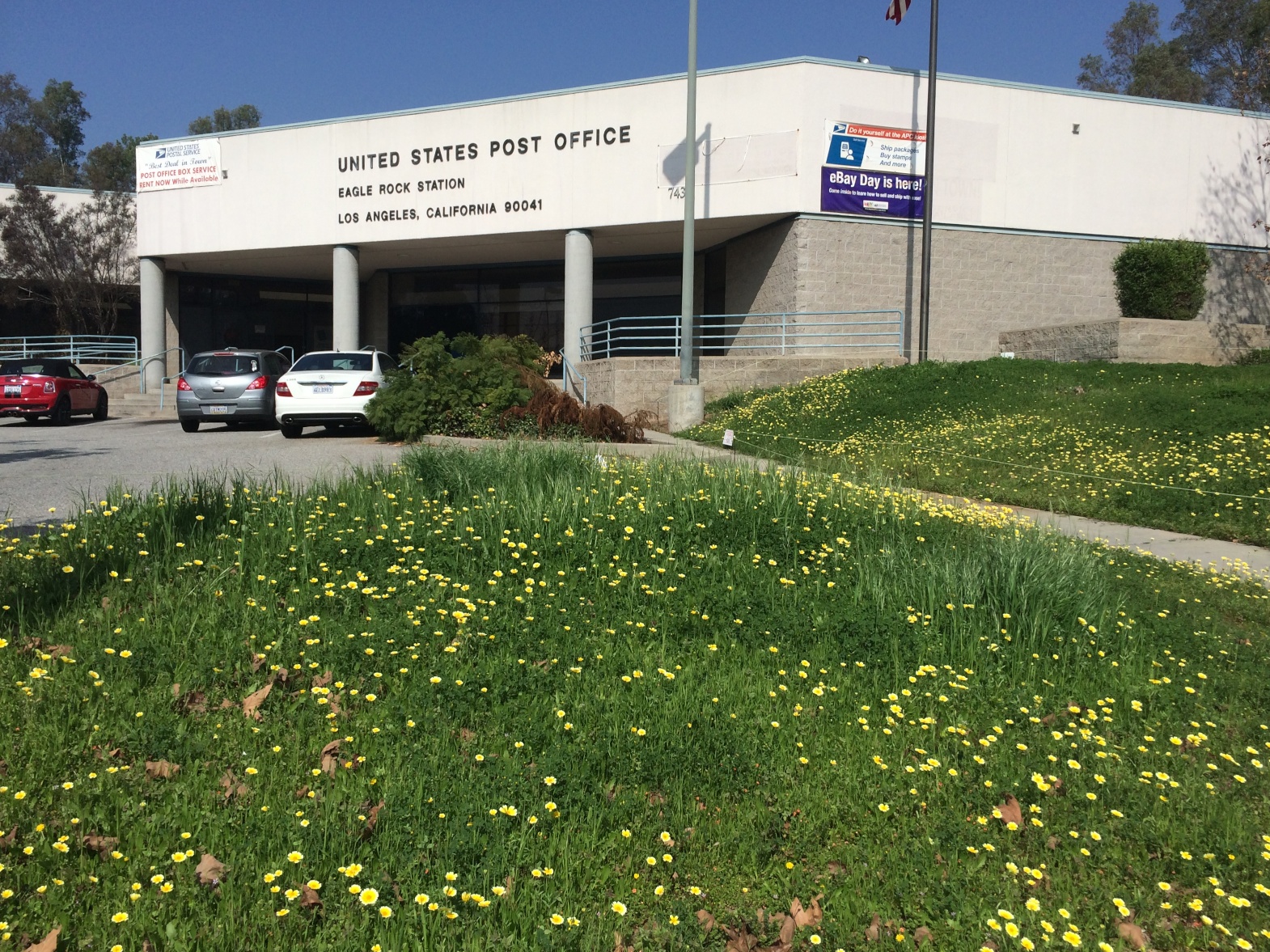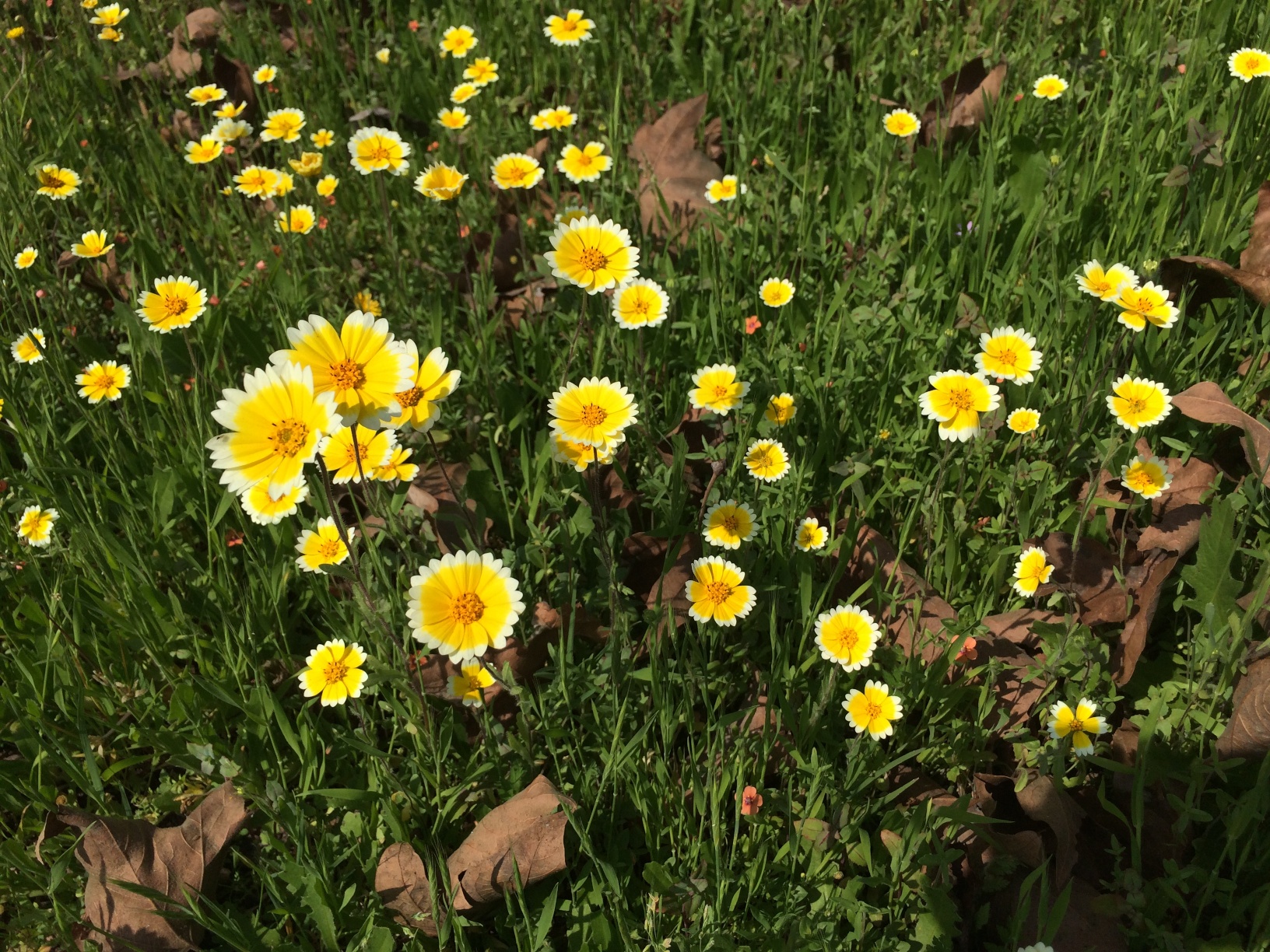Love for Local
We love Eagle Rock. We love Los Angeles (the whole crazy region). We love California. We love being part of this community, no matter how narrowly or broadly you define it.
Read MoreEpiphytes: Air Plants, Orchids, Ferns, etc. (Brazil, Part I)
What are epiphytes? Here is Wikipedia's definition: "An epiphyte is a plant that grows non-parasitically upon another plant (such as a tree), and derives its moisture and nutrients from the air, rain, and sometimes from debris accumulating around it instead of the structure it is fastened to." Also, they are cool and often beautiful.
Read MoreHeavy Metals and Delicate Charms
We are super excited to be offering several new jewelry collections at Acorn. We have chunky cuffs, light-as-air chains, stackable rings and feathers, snakes, beans and gems. They are all unique and beautiful. Here is a sampling:
Lauren Wolf Jewelry: Snake Fang Necklace and Snake Fang Earrings
Reservoir 4: Oxidized Silver Feather Bracelet and Oxidized Silver Earrings. These are designed by a local Eagle Rock artist.
Bronze Cuffs by L.A. arcitects Marmol Radziner.
Rings and a Necklace by L.A. arcitects Marmol Radziner.
And sterling silver pieces from Jessica de Carlo in Brooklyn are on their way! Come in soon and see them for yourself (or check them out as a potential gift for someone special).
Garden Clinic: How To Avoid a Cat-ass-trophe in Your Garden
Worst pun ever (thanks Tumblr). But seriously, folks…. Are neighborhood cats using your vegetable garden as a loo? Are you look for a (somewhat) humane, non-toxic way to get them to stay away? The answer is Liquidambar seedpods. They are prickly and spiky and cats, with their sensitive little paws, hate walking on them. Just sprinkle a few around your beds between the plants and watch the kitties find somewhere else to do their business.
Liquidambar trees are pretty common around town and they shed their pesky, spiny seedpods like crazy. By keeping an eye out, you should be able to harvest what you need. If you can't find any, come visit us at Acorn where we have a small stash of them to give away to anyone who needs them. Just ask.
What else are Liquidambar trees, also known as Sweetgum, good for? Well, they are tall, elegant trees often used as street trees (despite the fact that they can have troublesome roots). They have maple shaped leaves that turn crimson red in the fall giving us Californians a taste of the fall color more common on the east coast. The seedpods are a bane to pedestrians, home owners and businesses in the vicinity, but at least you can put them to good use in your organic garden. Click on the image below to see the gorgeous fall color.
Featured Artist: Laura Zindel
Yesterday was the best day ever: we received our first shipment of pieces from ceramic artist Laura Zindel. Based in Vermont, Laura draws all of her designs in pencil and then, via a silkscreening process, prints them onto handmade ceramic pieces as an enamel transfer. In this way, she's created the most elegantly beautiful, yet also very practical, collection of serving dishes and vases. The simple black and ivory color palette and the finely drawn linework accentuate the underlying graphic nature of the flora and fauna that inspire her.
Laura Zindel servings pieces and vases
Felicidades a Ligia y Francisco!
One of the very fun parts of our job here at Acorn is helping people celebrate happy occasions in their lives. Sometimes that means a special gift for a birthday or anniversary. Sometimes it's a thank you for one friend who did a good turn for another. Sometimes it's the adventure of starting your very first vegetable garden.
This week we got to put together some beautiful small favors for a bridal shower - a party of 60 people. We also got to do the centerpieces for the tables. Working on this project with the bride's mother was a treat. She's understandably happy for her beautiful and accomplished daughter and is gaining a son-in-law she adores.
We always welcome the opportunity to help our customers with special projects. Please let us know how we can help you.
A favor for each guest: an air plant (Tilandsia) in a votive holder with a bit of moss and a tiny sea shell. This plant can live for years as a happy reminder of a special day.
Centerpieces for the tables
Wildflowering
We are so happy to finally have some rain! We have new plants in our "backyard" space and they love it. Rain water is so much better for plants than the tap water used for irrigation -- no chlorine, no minerals, just pure H2O. It also nicely cleans the dust off their leaves (as well as the air, our streets, our cars, etc.). Not to mention -- it's free!
Rain is also a very necessary component to the germination and blooming of wildflowers. Since we've had so little precipitation this winter, we probably won't be getting much of a show in some of the well-known wildflower areas, like the Poppy Reserve in the Antelope Valley, this spring. Nevertheless, Theodore Payne Foundation will be updating it's Wildflower Hotline every weekend from March through May. It's worth taking a look.
Here in Eagle Rock, we have our own wildflower meadow at the post office at the corner of Colorado Blvd. and Figueroa St. thanks to the efforts of artist Fritz Haeg, LAND (Los Angeles Nomadic Division) and Theodore Payne Foundation (along with some irrigation). This is site #47 of the Wildflowering L.A. project (out of 50 sites scattered all around Los Angeles County).
Here's how it looked last week (there are 4 photos -- click on the photo to move through the gallery):
The predominant flower at this time is called "Tidy Tips" (Layia platyglossa): the cute yellow and white daisy-type flower. There are also some Lupine (Lupinus truncatas) though it's not as tall as the Tidy Tips,so not as easy to see. There's a third flower, mixed in, that I can't identify. A small, five-petaled flower. Anyone have an idea? There may be others that have not bloomed yet. Let's see if this rain brings any new ones.
Do you want to get in on the action? We have Seed bombs -- little balls of clay and compost with native wildflower seeds -- and the slingshots to go with them. Throw or sling some seed bombs into any spaces that could use some greening up, such as a street median, a vacant lot, an empty tree well in a sidewalk or a difficult hillside. With a bit more rain, the clay will melt, the seeds will germinate and the flowers will come, providing beauty for us and, even more important, food and shelter for local birds and pollinators. Of course, you can also plant them in pots and help them along with a bit of water so you can enjoy the flowers close-up.
Some Love from the LA Times
We are thrilled with this write-up in the Los Angeles Times. Great way to kick off 2014!
We also have our first Yelp review.
Thanks for all the love and support.
Featured Artist Junko Kobori (Kobo Candles)
KOBO was created in 2006 by Junko Kobori. Originally from Kumamoto in southern Japan, she and her husband spent many years traveling the world before settling in Saratoga Springs, NY. Junko was always struck by the scent of each place, and how absent those fragrances were when a photo of a location is viewed. Yet later, while reminiscing on her travels, the aroma was still very present to her memory.Kobo candles are made of domestically grown sustainable soybeans. This creates the cleanest burning medium and excellent level of fragrance yield. Cotton wicks provide a pure and clean flame. Kobo candles are not only created using environmentally friendly materials but they do not pollute the home either.
At Acorn, we are proud to stock their Seeds collection: along with light and beautiful botanical fragrances, the boxes the candles come in are completely biodegradable and even contain seeds of the plant that provides the scent inspiration. You plant the box in the ground and the seeds germinate and grow into lovely plants and flowers, continuing the cycle. The varieties we are currently stocking include:
- Wild Tomato Vine (ripe tomato, wild clover, fresh herbs and leafy greens)
- Siam Poppy (poppies, black and red currants, citrus)
- Catalan Calendula (calendula, orange blossoms, wildflowers)
- Fresh Cut Grass (clipped grass, cedar, baby green tropical fruit.)
- Somerset Thyme (thyme, sage, lemon leaf)
Kobo Candles and Plantable Boxes
Featured Artist: Agelio Batle (Batle Studio)
Batle Studio produces unique and richly detailed graphite sculptures that also function as pencils. They stand out as art objects on a desk or dresser. The polished and glossy graphite compound is molded under intense pressure into beautifully articulated figurines representing natural objects from the world around us, including beasts of the land, sea and air, as well as delicate botanicals. When you pick them up to draw or write, you can create your own works of art. The graphite draws and writes beautifully but does not rub off on your hands.
Horse
Whale, Pea Pod, Orchid, Snake
Ginkgo Leaves and Antler
Featured Artist: Beth Marx (Studio 907)
Beth Marx is a fiber artist based in Long Beach. In addition to felting, she also knits and makes jewelry. Her one-of-a-kind felted vessels and scarves are made of wool fiber, silk and new and vintage textiles combined into interesting colors and textures. Some have beads incorporated and some are printed with eucalyptus leaves! The vessels are soft and pliable with a cozy warmth to them. They add an organic and earthy contrast to a modern setting. They can be used to hold anything from small plants to other textiles.
Trio of hand-made felt vessels
Quartet of hand-made felt vessels
Featured Artist: Jana (Swaine Street Woodworking)
Jana is a woodworker with a background in printmaking and cabinetry. Her philosophy in the kitchen and as an artisan is to reduce clutter: a few carefully chosen kitchen tools made with care can last a lifetime, only improving with age. "There are many pieces in my kitchen…[that] I use everyday that have been in my family for generations. The history of these objects -- that were still so useful, but had years of past behind them -- I wanted to make my cutting boards part of that tradition, build them out of rich wood that had natural variations, unique characteristics that would come out with age."
The cutting boards we are stocking at Acorn are made of of FSC-certified Birch and finished with Swaine Street's hand-blended Rosemary Lemon Cutting Board Oil and Beeswax Polish for protection. They are completely food safe. Although they are super functional as cutting boards, they also make lovely cheese boards for serving and entertaining. Each cutting board is marked by a small emblem such as arrows or antlers.
Round Board with Arrows (shown with Pehr St. tea towels and an air plant)
Rectangle Board with Arrows (shown with one of Laura's arrangements)
Right at Home...
One of our Fiddleleaf Figs delivered just yesterday to a stylish loft in Downtown L.A. It looks happy in its new home. Even if you don't have a yard, you can have some green in your life. Indoor plants are great at improving indoor air quality by absorbing carbon dioxide and pollutants off-gassed from paint, upholstery, cleaning supplies and other realities of our modern, urban lifestyles. They do all that and look great, too.
Fiddleleaf Fig, loft-living Los Angeles
Featured Item: Joya Candles
Joya Studio is an innovator of modern fragrances for personal care and home use. Founded in 2004 by Frederick Bouchardy, Joya Studio is based in Brooklyn, New York. They were voted Best of Show at the 2010 New York International Gift Fair. The Black Porcelain collection is a mysterious group of exquisite fragrance pairings and a partnership with influential ceramic artist Sarah Cihat. The hand-poured candles' ingredients include a natural soy, vegetable oil and beeswax blend, essential oils, fine fragrance and cotton wick. These are just two of the four fragrances we are stocking.
Jasmine, Absolute & Sugar (good enough to eat - or drink)
Blue Lotus & Wild Grass
Featured Artist: Yuko Uchida (Ovo Ceramics)
Yuka is a Japanese designer who studied print making, architectural design and has worked as an interior designer. She founded OVO CERAMICS in the spring of 2012. In her own words: “I deeply enjoy working with porcelain. I find it relaxing and refreshing. Porcelain is an organic material that has been used….since ancient times. When working with it, I want to put another life into this ordinary but beautiful material. With its natural texture and its flexibility, it allows me to focus on shape more than color. I want to bring beauty to the porcelain, and also a modern style to this ancient material. "
The dishes are as delicate as eggshells and have the spontaneous quality of folded paper.
Shown (left to right): Square Plate in Plaid, Bowl in Burlap, Small Plates in Plaid and Burlap, Bowl in Plaid and Square Plate in Burlap.
Square Plate in Burlap and Plaid (one each); Bowl in Plaid and Burlap (one each)
Small Plates in Plaid and Burlap - the perfect resting spots for two Tilandsia (air plants).
Featured Artist: Takuhiro Shinomoto (Hasami Porcelain)
Hasami, Nagasaki is one of the foremost pottery districts in Japan. Porcelain was first made in the area almost 400 years ago, during the Edo Period. It was not only distributed all over Japan but also exported to Europe through the port of Nagasaki. The establishment of a mass production system at an early stage ensured reliability in quality and price, and its rich tradition was kept alive. HASAMI PORCELAIN was born under the direction of Takuhiro Shinomoto of Tortoise (Venice, California), whose innovative concept integrates tradition and modernity in tableware. This modular system includes pieces that stack for easy storage. The multi-purpose wood "plates" - a warm contrast to the cool porcelain ceramic - can also be used as coasters and lids.
Shown: two coffee / tea mugs with one lid; milk pot and sugar pot with one lid each; coffee / tea pot with a coaster and a lid (interchangeable).
Featured Artist: Tadahiro Baba
Nambu style cast ironware bottle openers.
Nambu ironware was originally developed about 900 years ago in Japan and was made more prominent by the Nambu clan, in Morioka City, in northern Japan, about 400 years ago. All of the required materials, including iron sand, river sand, clay, lacquer and charcoal were available locally. In their efforts to develop their area culturally and economically, they invited artisans from Kyoto - the capital of Japan at that time - and the cast iron kettles they made became an important part of the traditional tea ceremony.
Tadahiro Baba was born in Kyoto in 1930. He is a Japanese craft designer of objects made in the traditional Japanese Nambu Tekki (cast iron) handicraft. Baba's designs feature fluid shapes with a distinctive modern edge.
Owl
Monkey
Nambu Iron Bottle Opener
How to Care for Your New Air Plant
We found some great advice for caring for your new Air Plant (or Tilandsia) at Gardenista.com.
http://www.gardenista.com/posts/gardening-101-how-to-water-an-air-plant
They are so easy and require nothing more than some light and some water on a semi-regular basis. With no roots and no soil to worry about, you can put them in a myriad of different containers or simply leave them sitting on a dish, countertop or window sill.
We have dozens of them in the store, from tiny to large. Easy to add a hit of greenery just about anywhere.
